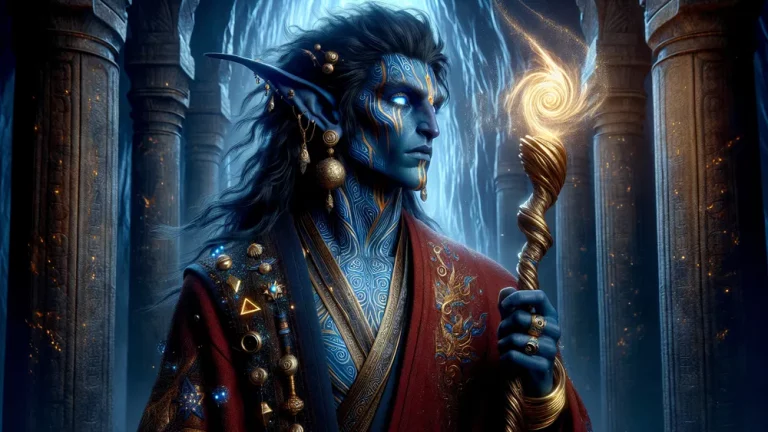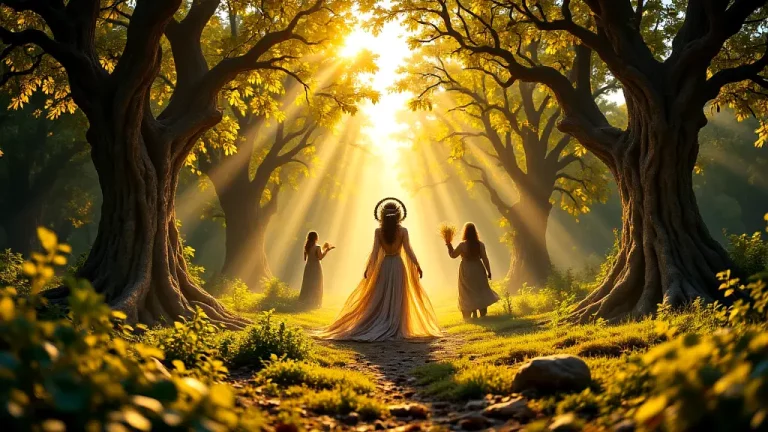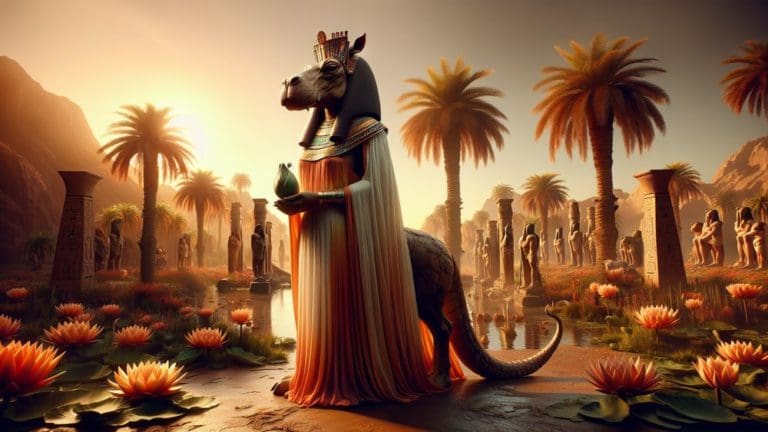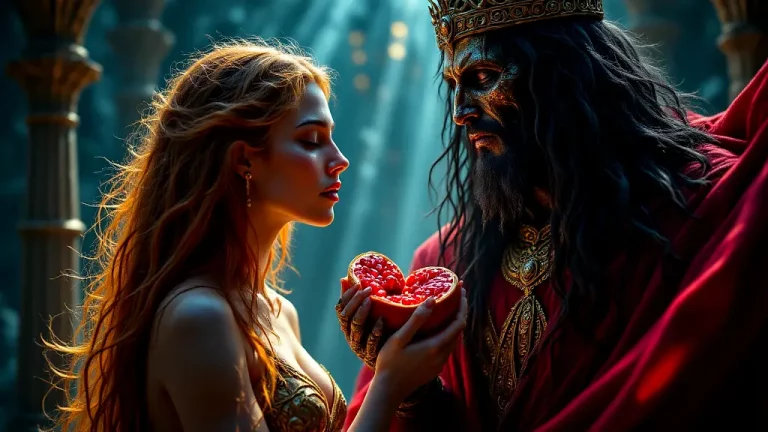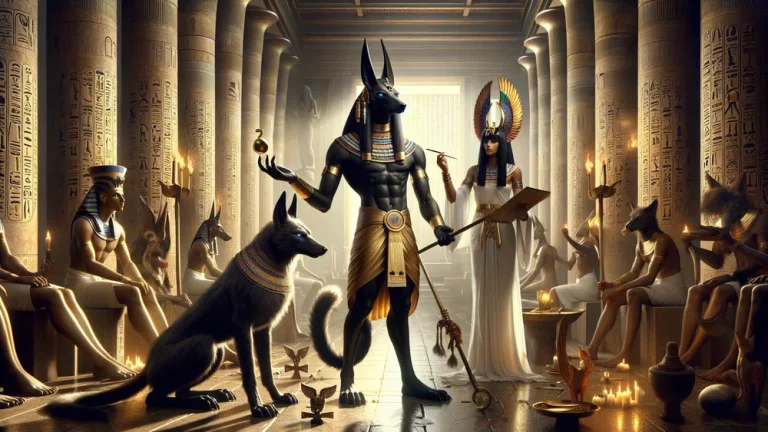Understanding The Ankh: Ancient Egyptian Symbol Of Life
When one looks at old Egyptian symbols, the Ankh is probably the first you will think of. Gods and pharaohs often held this symbol. It looks like a cross with a loop at the top and interested both historians and fans for a long time. The name, “key of life,” means life, immortality, and essence of universe. This blog will look into long history and many meanings of Ankh.
Key Points:
- The Ankh is an ancient Egyptian symbol representing life, immortality, and the essence of the universe.
- It was commonly held by gods and pharaohs and dates back to around 3000 BCE.
- The Ankh was a key part of religious events, gifts, and as a protective charm.
- Its design consists of a loop representing eternal life, a crossbar connecting the earthly and divine, and a vertical shaft symbolizing the path of life.
- The Ankh has influenced other symbols, such as the Christian cross, and is popular in modern culture for its aesthetic appeal and spiritual significance.
- In modern times, the Ankh is used in fashion, jewelry, tattoos, and spiritual practices as a symbol of life force and spiritual energy.
From first pictures in ancient art and writing to its part in religion and modern culture, we will look at every part of this strong symbol. Also, if you are new to myths or you like them a lot, this guide gives you more knowledge of the Ankh and its big effect on both old and new worlds.
The Ankh: Overview and Key Facts
| Main Point | Details |
|---|---|
| Sign Name | Ankh |
| Known Also As | Key of Life, Crux Ansata |
| Place Came From | Ancient Egypt |
| Main Meaning | Life, Immortality, Godly Protection |
| First Pictures | Seen in old Egyptian art and writings around 3000 BCE |
| Typical Deities | Isis, Osiris, Anubis, others Egyptian gods and goddesses |
| Events Usage | Used in religious events, gifts, and as a protective charm |
| Design Parts | Has a loop (shows sun or forever life), a line across, and a vertical line |
| Influence on Culture | Changed signs in other traditions, like Coptic Christianity |
| Today’s Use | Liked in fashion, jewelry, tattoos, modern spiritual uses |
The Beginnings of the Ankh
To truly get what the Ankh is about, we should first look at where it started and what it first meant in old Egyptian culture. So let’s look at the earliest pictures and the deep meaning that this famous symbol had from the start.
First Pictures and Meanings
The oldest known pictures of the Ankh are from around 3000 BCE. Found in old Egyptian art and writing. Found in tombs and temples, showing forever life from the gods. Deities like Isis and Osiris often with the Ankh in their hands, giving life to pharaohs.
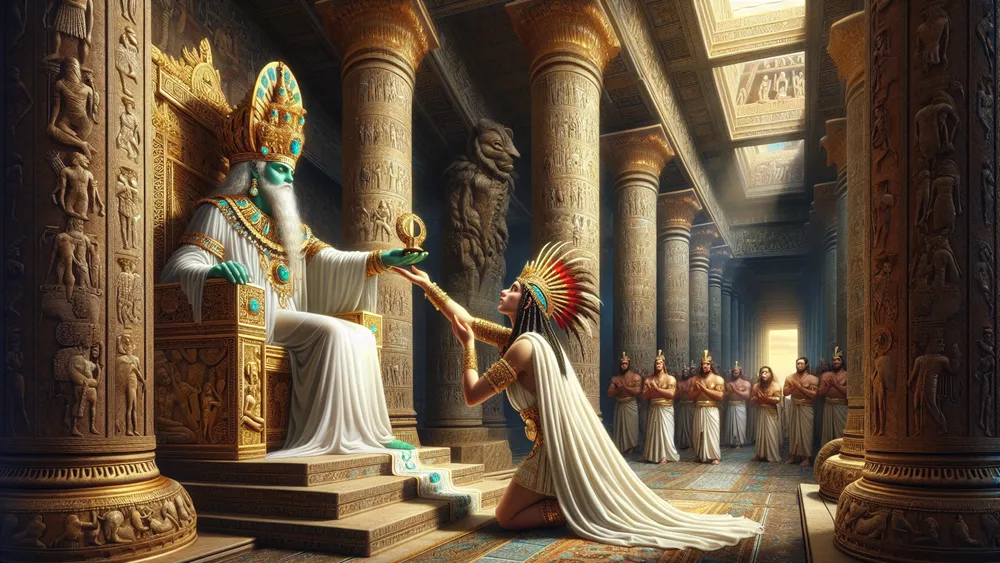
Also, to make it clear, think of the Ankh as an old version of a modern symbol for life and vitality you might recognize, such as how a heart symbol stands for love today.
- Life: The Ankh was a strong sign of life, both in the physical way and the spiritual way too.
- Forever: It meant the forever life that gods could give people.
- Godly Protection: The Ankh was a protective sign, ensuring the safety of the dead in the afterlife.
The Ankh symbolizes life, forever life from the gods, and godly protection.
The Ankh in Old Egyptian Faith
In old Egyptian religious ways, the Ankh was not just a sign; it was a significant part of their spiritual and daily life. The Ankh stood for the key to forever life and was said to have power to open the gates of the afterlife. It’s interesting to find that the Ankh was often shown in the hands of gods and goddesses, meaning their power to give life and safety to humans.
For example, Isis, the goddess of magic and motherhood, and Osiris, the god of the afterlife, were many times seen holding the Ankh, showing their roles as givers of life and caretakers of the dead. This strong sign not only stood for life but also showed the high power and kindness of the gods.
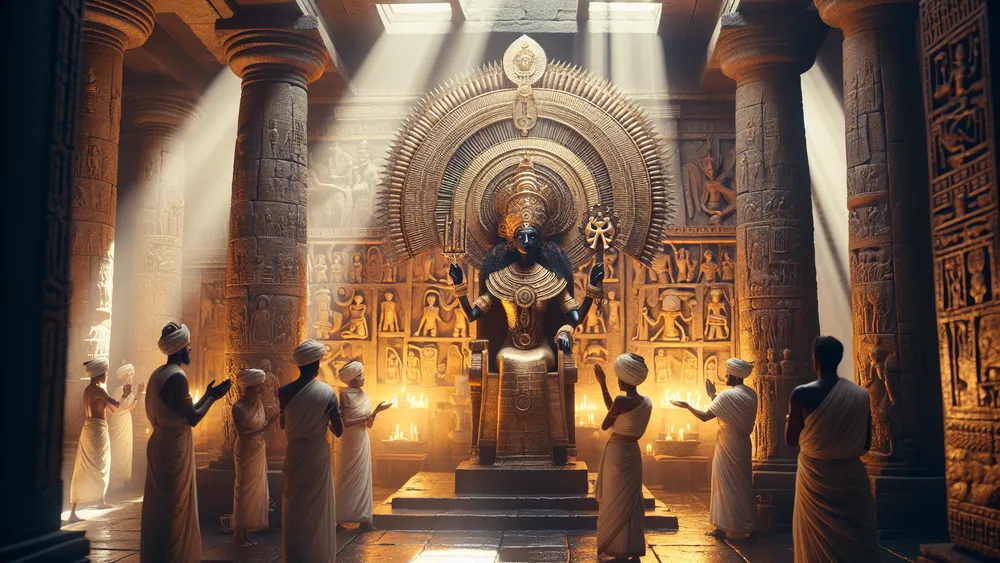
The Ankh had a significant role in many rituals and ceremonies, working as a way to bring divine energy and good things. Priests and priestesses often carried the Ankh during religious events, calling on the gods’ favor and making sure the community was well. The Ankh was also put in tombs and on mummies during funerary practices to make sure the dead got safely to the afterlife and had forever life. To make it clear, think of the Ankh like a modern religious sign, such as the Christian cross, which is used in various rituals and has deep spiritual meaning. The importance of the Ankh in these practices can be summed up as:
- Sign of Life: Showed the life-giving power of the gods.
- Ceremony Tool: Used in events to call for divine blessings.
- Mummy Charm: Placed in tombs for safe travel to the afterlife.
- Divine Link: Held by gods and goddesses to show their power and kindness.
Look and Shapes of the Ankh
Now that we have checked out the Ankh’s meaning in old Egyptian religion, let us look at its special design and different shapes it has had over time.
Parts of the Ankh
The Ankh is made up of three different parts: there is the loop (sometimes called the handle) at the top, the crossbar in the middle, and the vertical shaft below. Each part carries its own symbolic meaning, deeply embedded in old Egyptian culture. Often seen as the rising sun on the horizon, the loop shows eternal life and the cycle of existence. The crossbar, which crosses the vertical shaft, is a sign of the link between the earthly and divine, connecting the human world with the world of the gods. Finally, the vertical shaft is the path of life, grounding the symbol in the physical world. To make it clearer, think of the Ankh as a key where every part is needed. This explains the Ankh’s parts and meanings:
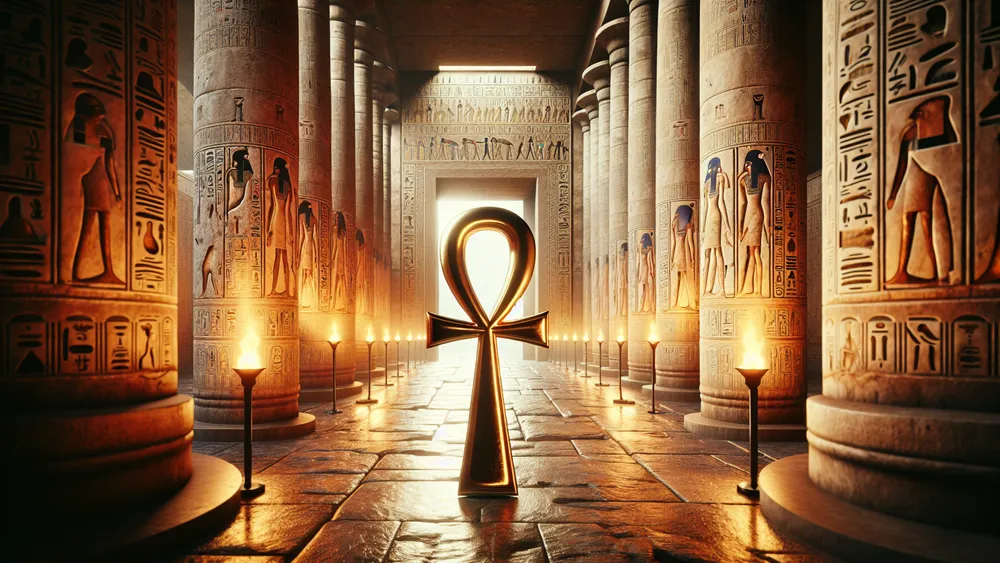
| Part | Description | Symbolism |
|---|---|---|
| Loop | The top round part | Eternal life, the sun, and the cycle of existence |
| Crossbar | The horizontal line crossing the shaft | Link between the earthly and divine |
| Vertical Shaft | The bottom straight line | Path of life and grounding in the physical world |
Different Versions and Changes
Throughout old Egyptian times, the Ankh showed up in many different forms and styles, showing its lasting importance and flexibility. Some Ankhs, nicely carved and inlaid, were fancy, while others were plain, often made from things like gold, wood, or stone. As the Ankh’s influence spread beyond Egypt, it got changed and mixed into other cultures. An example is the Coptic Christians of Egypt; they used a kind of Ankh called the crux ansata, which looks like the Christian cross but keeps the loop at the top. This change highlights the Ankh’s ability to fit in different cultures while still keeping its deep spiritual meaning. Here are some important versions and changes of the Ankh:
- Fancy Ankhs: Covered with carvings and inlays, often seen in religious and royal settings.
- Plain Ankhs: Made from things like gold, wood, or stone, used in daily life and burial practices.
- Crux Ansata: Used by Coptic Christians, mixing parts of the Ankh and the Christian cross.
The Ankh in Art and Everyday Life
Having looked at the different versions and changes of the Ankh, so now let us look into how this famous symbol was shown in old Egyptian art and its being in everyday life.
The Ankh in Old Egyptian Art
In old Egyptian art, you’d see the Ankh everywhere. It was common in tomb pictures, sculptures, and jewelry. You might see, in tomb pictures, the Ankh shown being held by gods and goddesses like Isis and Osiris. They are shown giving the symbol to pharaohs and other important people, showing the gift of forever life.
In sculptures, often, the Ankh appears in the hands of gods. This supports its link with divine protection and forever life. Jewelry pieces, like necklaces and amulets, often had the Ankh. These were charms for people awake and dead. These weren’t just fanciful; they showed strong messages of life, safety, and the connection between gods and humans.
The Ankh in old Egyptian art was a visual shorthand for life and safety, much like how a heart symbol today represents love.
The Ankh in old Egyptian art symbolized life, safety, and the connection between gods and humans, much like the heart symbol represents love today.
The Ankh Today
In society now, the Ankh has gone through a big comeback, being a common design in fashion, jewelry, and tattoos. Famous people and trendsetters, you might have seen, wear Ankh necklaces or have Ankh tattoos, showing a link to old wisdom and a wish for protection and forever life.
Today’s sacred contexts, the Ankh is often accepted by New Age and Neo-Pagan groups as a sign of life force and spiritual energy. Just as the peace sign shows a want for harmony, the Ankh today is a powerful sign of life, continuity, and awakening. This very old symbol keeps vibing, connecting past and present. It gives a timeless message of life and protection.
How the Ankh Affected Other Symbols
Seeing how the Ankh fit into today’s society, we will now look at its impact on other symbols over history.
The Ankh and the Christian Cross: How They Compare
You might want to know the similarities and differences between the Ankh and the Christian cross. Both symbols have deep spiritual importance, as well as looking somewhat alike. The Ankh has a loop at the top, while the cross is just lines crossing. In ancient Egypt, the Ankh means life and forever living. The Christian cross means Jesus’s death on the cross and coming back to life, showing being saved and forever life.
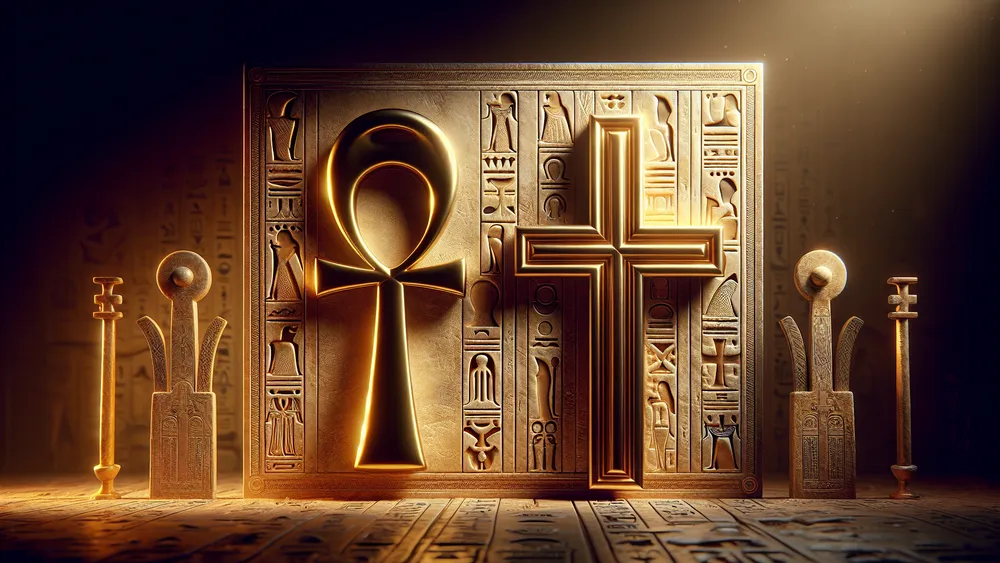
Ideas say early Christians in Egypt may have taken inspiration from the Ankh for their own religious signs, because of the time’s cultural mixing. Like how new symbols sometimes take things from old ones to show new ideas. This possible influence shows the connectedness of human cultures and how spiritual symbols change over time.
The Ankh in Other Old Cultures
You might find it catching that the Ankh also appeared in other old cultures. The Coptic Christians, for example, used the Ankh in their religious art, so it became known as the crux ansata, or “handled cross”. It meant forever life through Christ. Later, the Nubians, shaped by Egyptian culture, brought the Ankh into their ways and art, often using it to show life and godly protection.
Similar to how new symbols like the peace sign are reshaped across different groups to show new meanings. This mixing of cultures with the Ankh shows it had strong and flexible symbolism, letting it go beyond its original use and find meaning in many religious and cultural places.
The Ankh in Today’s Spiritual World
We have looked at the Ankh’s path and how it impacted other cultures. So now, we will look into its importance in today’s spiritual activities.
The Ankh in New Age and Neo-Pagan Beliefs
You might find it surprising that the Ankh has a big place in New Age and Neo-Pagan spiritual activities. In these modern beliefs, the Ankh is often used as a sign of life, energy, and spiritual awakening. For example, many New Age people use the Ankh in focus and healing actions, believing it brings good energy and links them to old wisdom.
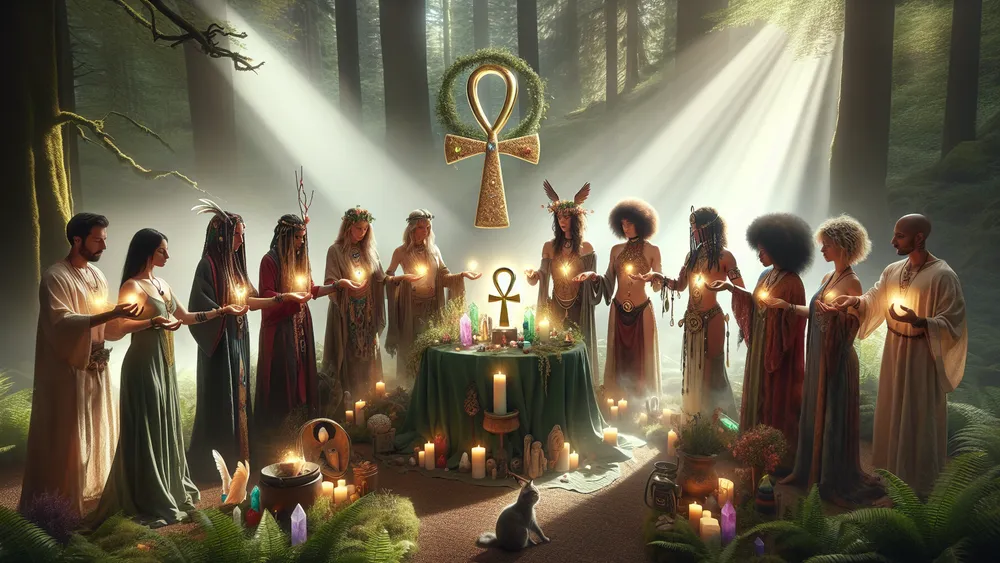
Similarly, Neo-Pagans put the Ankh into their tables and events, seeing it as a strong sign of life and the divine feminine. Like how old signs like the yin-yang or the pentacle are changed to fit modern scenarios. This modern using of the Ankh shows its lasting interest and flexible symbolism, letting it connect with new groups of spiritual seekers.
The Ankh: Sign of Life and Safety
You might see the Ankh as a big sign of life, safety, and spiritual energy in today’s beliefs. Many people now use the Ankh in different activities to use its old power. For example, during focus times, people might hold an Ankh or think of it to draw life energy and reach a deeper state of calm.
In healing actions, the Ankh is used to boost body and spiritual health. This is similar to how crystals are used for their supposed energies. Personal actions might include wearing Ankh items as a charm for safety and energy, similar to how some wear the evil eye or a cross to stay safe.
This shows the Ankh’s lasting interest and how it fits with modern spiritual ways, giving a link between old knowledge and today’s activities.
FAQs
1. What does the Ankh symbolize in ancient Egyptian culture?
The Ankh symbolizes life, immortality, and divine protection in ancient Egyptian culture.
2. How was the Ankh used in ancient Egyptian rituals?
The Ankh was used in ancient Egyptian rituals primarily as a symbol of life and immortality, often held by gods and pharaohs during ceremonies to bestow life and protection.
3. Is the Ankh related to the Christian cross?
The Ankh is not directly related to the Christian cross, although both symbols share themes of life and immortality.
4. Why is the Ankh popular in modern culture?
The Ankh is popular in modern culture due to its aesthetic appeal and its deep spiritual significance.


